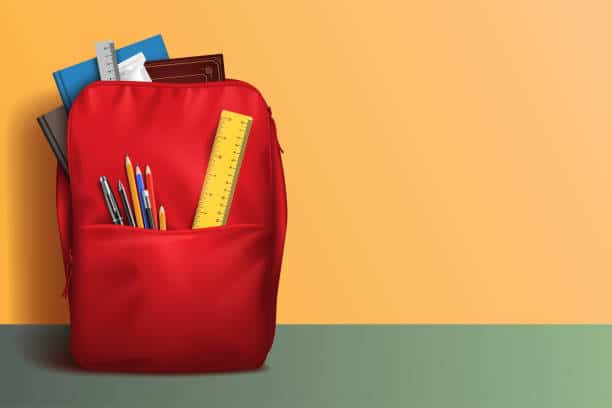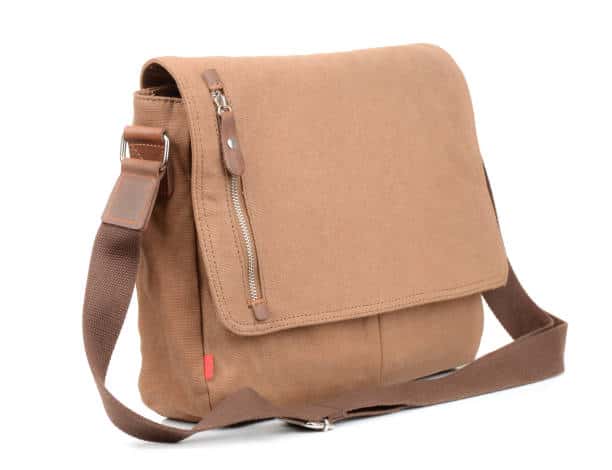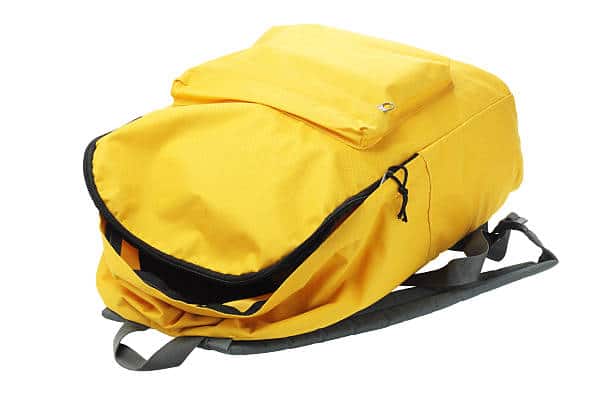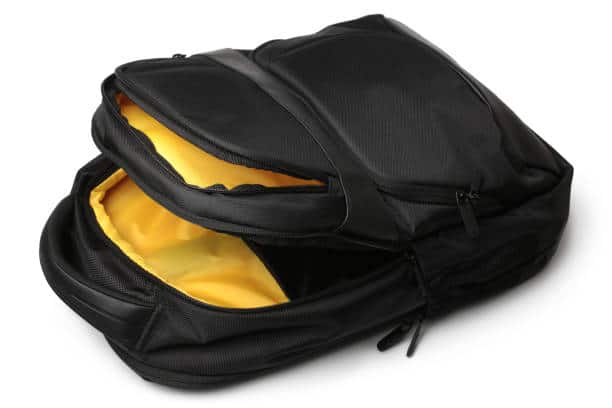
Have you ever wondered what to do with that worn-out backpack sitting in the back of your closet? Recycling it is a great way to give it new life while also reducing waste. In this guide, we will explore the various ways you can recycle your old backpack, from donating it to repurposing it for a new use. By following these simple steps, you can do your part to reduce the environmental impact of discarded backpacks and contribute to a more sustainable future. Let’s dive in and learn how to recycle backpacks!
Key Takeaways:
- Find a local recycling program: Research local recycling programs or drop-off centers that accept textile and plastic items, such as backpacks.
- Check the condition of the backpack: Determine if the backpack is in good enough condition to be donated or if it needs to be recycled due to wear and tear.
- Separate materials: If the backpack contains metal or plastic components, such as zippers or buckles, remove them before recycling the fabric portion.
- Reuse or upcycle: Consider repurposing the backpack for another use or donating it to someone in need before recycling it.
- Research sustainable options: Look for brands or companies that offer backpacks made from sustainable and recyclable materials to reduce environmental impact.
- Reduce waste: When purchasing a new backpack, opt for a durable and long-lasting option to minimize the need for frequent replacements.
- Spread awareness: Encourage others to recycle or repurpose their old backpacks to contribute to a more sustainable and eco-friendly lifestyle.
Understanding Your Backpack
Obviously, the first step in recycling your backpack is to understand it. Take a close look at the materials, construction, and overall design of your backpack to determine its recyclability. By understanding the different components of your backpack, you can make more informed decisions on how to properly recycle it.
Identifying Recyclable Materials
Understanding the materials used in your backpack is crucial in determining its recyclability. Look for labels or tags that specify the type of materials used, such as nylon, polyester, or cotton. Additionally, pay attention to any metal or plastic hardware, as these materials may need to be separated for recycling purposes.

Factors That Affect Recyclability
Materials: The type of materials used in your backpack will greatly affect its recyclability. Some materials, such as nylon and polyester, are more easily recyclable than others like PVC or leather.
- Durability: The overall condition of your backpack will also impact its recyclability. A well-worn and damaged backpack may not be suitable for recycling.
- Size and Design: The size and design of your backpack can also affect its recyclability. For instance, a backpack with multiple pockets and compartments may be more challenging to recycle due to the mix of materials used.
This information is important to consider when determining the best recycling options for your backpack. For instance, a backpack made from durable, easily recyclable materials may have more options for recycling compared to a heavily worn, mixed-material backpack.
Preparations for Recycling
While recycling your backpack may seem like a straightforward process, there are certain preparations you need to make before you can effectively recycle it. These preparations involve cleaning and dismantling your backpack, as well as sorting materials to ensure that the recycling process is as seamless as possible.
Cleaning and Dismantling Your Backpack
On the journey to recycling your backpack, the first step is to thoroughly clean and dismantle it. Start by emptying all the pockets and compartments, removing any items such as pens, papers, or snacks. Once the backpack is empty, use a mild detergent and water to clean the interior and exterior surfaces. For tougher stains, consider using a gentle brush to scrub the fabric. After cleaning, dismantle any non-fabric components such as zippers, buckles, and straps, as they can be recycled separately.

Sorting Materials
One of the most crucial steps in preparing your backpack for recycling is to sort the materials. This involves separating the different components of the backpack, such as fabric, zippers, buckles, and straps. By sorting the materials, you are making it easier for the recycling facility to process each component efficiently. This also ensures that the materials are properly recycled and do not end up in a landfill unnecessarily.
Preparations for sorting materials also involve checking if the backpack is made from multiple materials, such as a combination of fabric and plastic. This will determine how each component should be handled during the recycling process.

How to Recycle
Not sure what to do with your old backpack? Don’t just throw it away! There are plenty of ways to recycle or upcycle your old backpack so it doesn’t end up in a landfill.
Tips for Finding Local Backpack Recycling Programs
Backpack recycling programs may be available in your local area. Check with your city or county for any upcoming recycling events or drop-off locations. You can also contact local schools, community centers, or outdoor retailers to inquire about backpack recycling programs. Knowing where to recycle your old backpack can make a big impact on reducing waste in your community.
- Contact your city or county for recycling events
- Reach out to local schools, community centers, or outdoor retailers
DIY Upcycling Ideas for Old Backpacks
Backpack upcycling is a creative way to give your old backpack new life. Turn it into a planter, a pet bed, or cut it up to use the fabric for other projects. There are endless possibilities for repurposing your old backpack into something new and useful.
Tips for repurposing your old backpack include upcycling it into a pet bed, using the fabric for other projects, or turning it into a planter. Get creative and think outside the box to give your old backpack a new purpose.

Going Beyond Recycling
Keep in mind that recycling is just the first step in reducing the environmental impact of backpacks. There are other sustainable practices and advocacy efforts that can make a significant difference in the long run.
Sustainable Practices for Backpack Usage and Disposal
An essential part of sustainable backpack usage is to make the most out of the backpack’s lifespan. This includes proper maintenance, such as cleaning and repairing, to extend its usability. When it’s time to dispose of a backpack, consider donating it to someone in need or repurposing it for another use before sending it to a recycling facility.

Advocating for Eco-Friendly Backpack Design
With the increasing demand for sustainable products, there is a growing need for backpack manufacturers to prioritize eco-friendly design and production. Advocating for sustainable materials, ethical labor practices, and durable construction can drive positive change in the industry, ultimately reducing the environmental impact of backpacks.
Sustainable backpack design not only benefits the environment but also promotes consumer awareness and responsibility. By advocating for eco-friendly backpacks, we can encourage a shift towards more sustainable consumer choices and contribute to a greener future.

Conclusion
To wrap up, recycling backpacks is an easy and environmentally friendly way to reduce waste and minimize the impact on our planet. By donating gently used backpacks to local charities or shelters, or by repurposing old backpacks into new items, we can extend the life of these products and keep them out of landfills. It’s important to remember to properly clean and prepare backpacks for recycling to ensure they are suitable for donation or repurposing. By following these simple steps, we can all play a part in promoting sustainability and responsible consumption of goods.
FAQ
Q: Why should I recycle my backpack?
A: Recycling your old backpack helps reduce waste in landfills and conserves natural resources by reusing the materials to make new products.
Q: How do I prepare my backpack for recycling?
A: Remove any personal items and empty out all pockets. If the backpack is made of multiple materials, separate them if possible.
Q: Can I recycle any type of backpack?
A: Most backpacks made of textiles, such as nylon and polyester, can be recycled. However, leather or suede backpacks may not be accepted by recycling facilities.
Q: Where can I recycle my backpack?
A: Many cities have recycling programs that accept textiles, including backpacks. Check with your local recycling center or use online resources to find a drop-off location near you.
Q: Can I donate my old backpack instead of recycling it?
A: Yes, donating your old backpack to a local charity or thrift store is a great way to give it a second life and help those in need.
Q: What happens to my old backpack after I recycle it?
A: After collection, the backpack will be sorted, cleaned, and processed into raw materials. These materials are then used to make new products, such as insulation, carpet padding, and even new textiles.
Q: Is there a proper way to dispose of a backpack if it can’t be recycled?
A: If your backpack cannot be recycled or donated, it should be disposed of in a proper waste disposal system or landfill according to local regulations.